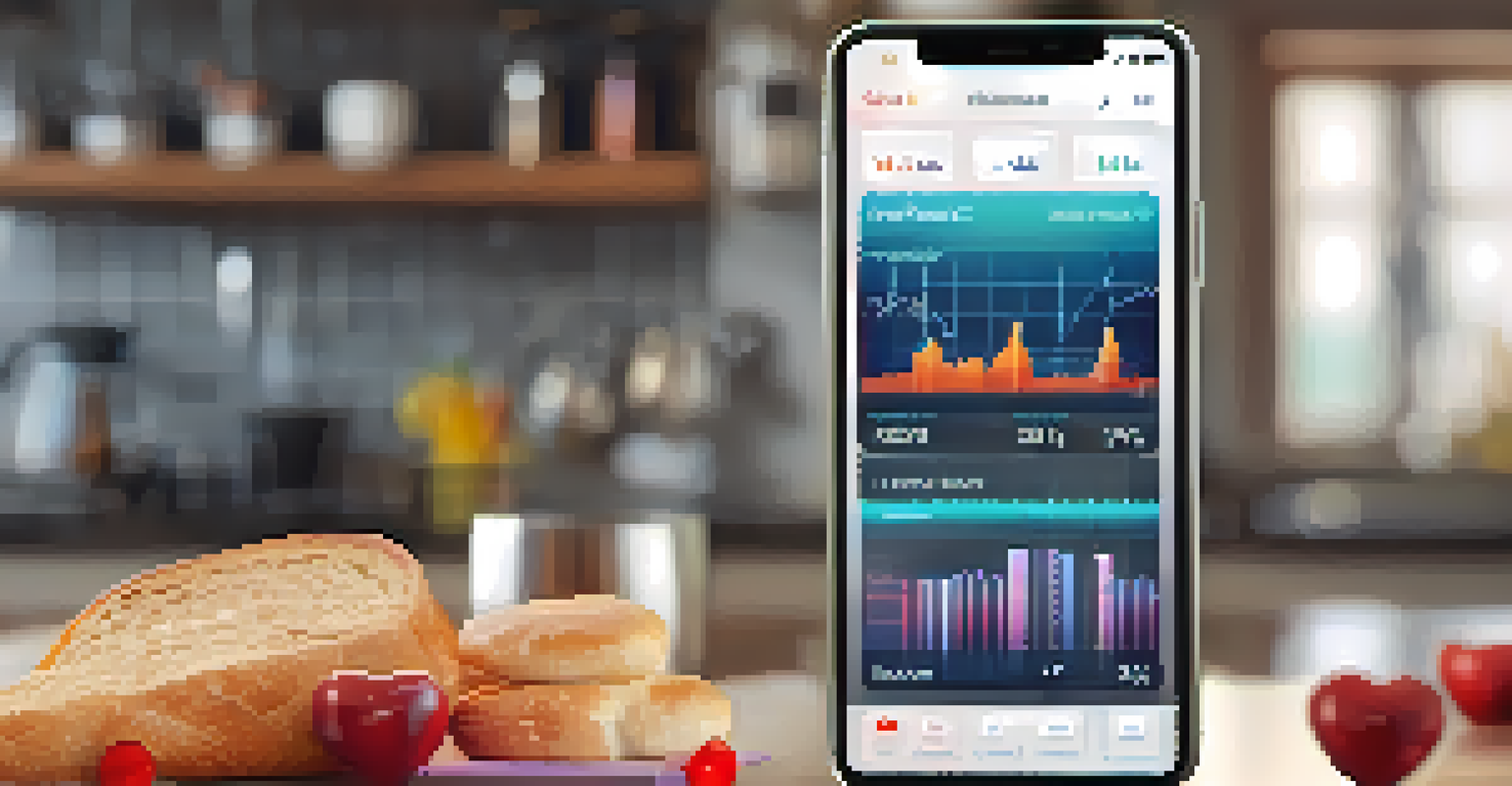Remote Patient Monitoring: Benefits for Chronic Illnesses

Understanding Remote Patient Monitoring (RPM)
Remote Patient Monitoring (RPM) is a healthcare technology that allows patients to track their health metrics from home. This can include monitoring vital signs like heart rate, blood pressure, and glucose levels. By using connected devices, patients can send this data directly to their healthcare providers, making it easier to manage chronic illnesses.
The greatest wealth is health.
The beauty of RPM lies in its simplicity and accessibility. Patients no longer need to make frequent trips to the hospital or clinic for routine check-ups. Instead, they can have their health monitored in real-time, which is especially beneficial for those with mobility issues or living in remote areas.
In essence, RPM bridges the gap between patients and healthcare providers, enabling timely interventions. This proactive approach can lead to better health outcomes and overall improved quality of life for individuals managing chronic conditions.
Improving Patient Engagement and Adherence
One of the standout benefits of RPM is its ability to enhance patient engagement. When patients can actively track their health metrics, they become more invested in their own care. This ownership often leads to better adherence to prescribed treatment plans, as patients see the immediate impact of their choices.

For example, a diabetic patient using a glucose monitor might notice how specific foods affect their sugar levels. This awareness encourages them to make healthier dietary choices. The increased engagement fosters a collaborative relationship between patients and their healthcare teams.
RPM Enhances Patient Engagement
Remote Patient Monitoring enables patients to actively track their health, fostering a sense of ownership and adherence to treatment plans.
Ultimately, when patients feel more connected to their health, they are likely to follow through with recommendations more diligently. This engagement is crucial for managing chronic illnesses effectively.
Enhancing Access to Healthcare Services
Remote Patient Monitoring greatly enhances access to healthcare services, especially for those in underserved areas. With RPM, patients can receive continuous care without the need for extensive travel, reducing barriers to accessing vital health services.
Health is not just about what you're eating. It's also about what you're thinking and saying.
This accessibility is particularly important for individuals with chronic illnesses who may require regular monitoring and follow-ups. For instance, rural patients can connect with specialists in urban centers without the stress of long commutes or wait times.
Moreover, RPM can alleviate some burdens on healthcare facilities, allowing them to allocate resources more efficiently. This not only improves patient access but also contributes to a more streamlined healthcare system.
Real-Time Data for Better Decision-Making
With RPM, healthcare providers gain access to real-time data, which is invaluable for making informed decisions. Instead of relying solely on sporadic visits, doctors can analyze trends and patterns in patients' health metrics over time.
For instance, if a heart failure patient shows a gradual increase in weight, this data can prompt a timely intervention before the situation escalates. This proactive approach can prevent hospitalizations and improve overall health outcomes.
Improves Access to Healthcare
RPM significantly increases healthcare access for patients in underserved areas, allowing them to receive continuous care without extensive travel.
The ability to act swiftly based on real-time information ensures that chronic illness management is more dynamic and responsive, ultimately leading to better care.
Cost-Effectiveness of Remote Monitoring
Implementing Remote Patient Monitoring can also prove to be cost-effective for both patients and healthcare systems. By reducing the need for in-person visits, patients save on travel expenses and time. Moreover, healthcare providers can manage more patients simultaneously, leading to increased efficiency.
For many chronic illness sufferers, frequent hospital visits can be a financial burden. RPM can help mitigate these costs, allowing patients to receive necessary care without the hefty price tag associated with traditional methods.
As healthcare continues to embrace technology, the long-term financial benefits of RPM become increasingly apparent, making it a win-win situation for everyone involved.
Empowering Patients with Health Insights
RPM not only allows healthcare providers to monitor patients but also empowers patients with actionable health insights. By accessing their data through user-friendly apps or portals, patients can better understand their health status and make informed decisions.
For example, a patient with chronic obstructive pulmonary disease (COPD) can track their respiratory function and recognize patterns that may signal a flare-up. This knowledge equips them to seek help proactively, rather than reactively.
Real-Time Data Drives Better Care
With RPM, healthcare providers can utilize real-time data to make informed decisions and intervene proactively, leading to improved health outcomes.
Empowering patients with information fosters a sense of control over their health, which is crucial for managing chronic conditions effectively.
Facilitating Better Communication with Healthcare Providers
Remote Patient Monitoring enhances communication between patients and healthcare providers. With the ability to share data remotely, patients can keep their providers informed of any changes in their condition without waiting for the next scheduled appointment.
This ongoing dialogue can lead to more personalized care, as healthcare providers can adjust treatment plans based on real-time feedback. Patients may feel more comfortable discussing their concerns and symptoms, knowing that their provider is just a click away.

Ultimately, better communication leads to stronger patient-provider relationships, which are vital for effective chronic illness management.
The Future of Chronic Illness Management
As technology continues to advance, the future of Remote Patient Monitoring looks promising for chronic illness management. Innovations in wearable devices and health apps are making it easier than ever for patients to engage in their health care.
With the integration of artificial intelligence and machine learning, RPM systems can become even more intuitive, offering tailored recommendations based on individual patient data. This future-forward approach could revolutionize how chronic illnesses are monitored and treated.
As we embrace these advancements, the goal remains clear: to provide patients with the best possible care while empowering them to take charge of their health.